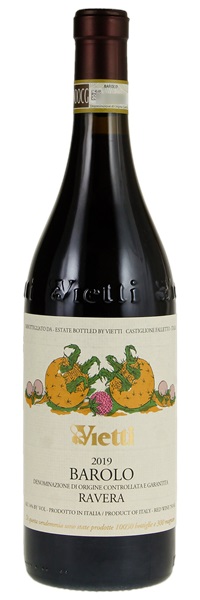
...most intensely mineral and saline... Crushed rocks, white pepper, flowers, orange zest, red berry fruit and bright acids all run through this finely sculpted, chiseled Barolo.
...shows deep intensity and good freshness...fully covers the palate from front to back.
...dark, brooding style, this red evokes hibiscus, raspberry, cherry and spice flavors, with an underlying iron note. Dense, yet focused and vibrant, with ample fruit to stand up to the muscular structure. Balanced and expressive...
Fantastic aromas of bergamot, raspberry, and strawberry character. Full-bodied with a clarity and freshness to it. Fine, chewy tannins that are beautifully integrated. Punchy finish.
...supple with aromas of licorice, raspberry liqueur, blood orange. It is medium to full-bodied, offering more citrus ripeness throughout, as well as notes of tea leaf and grenadine, fine tannins, and fresh acidity, without feeling austere.
Lifted, full raspberry nose. Truly opens up and with mouth-filling raspberry fruit. Long and perfumed and with gorgeous, chewy tannins.